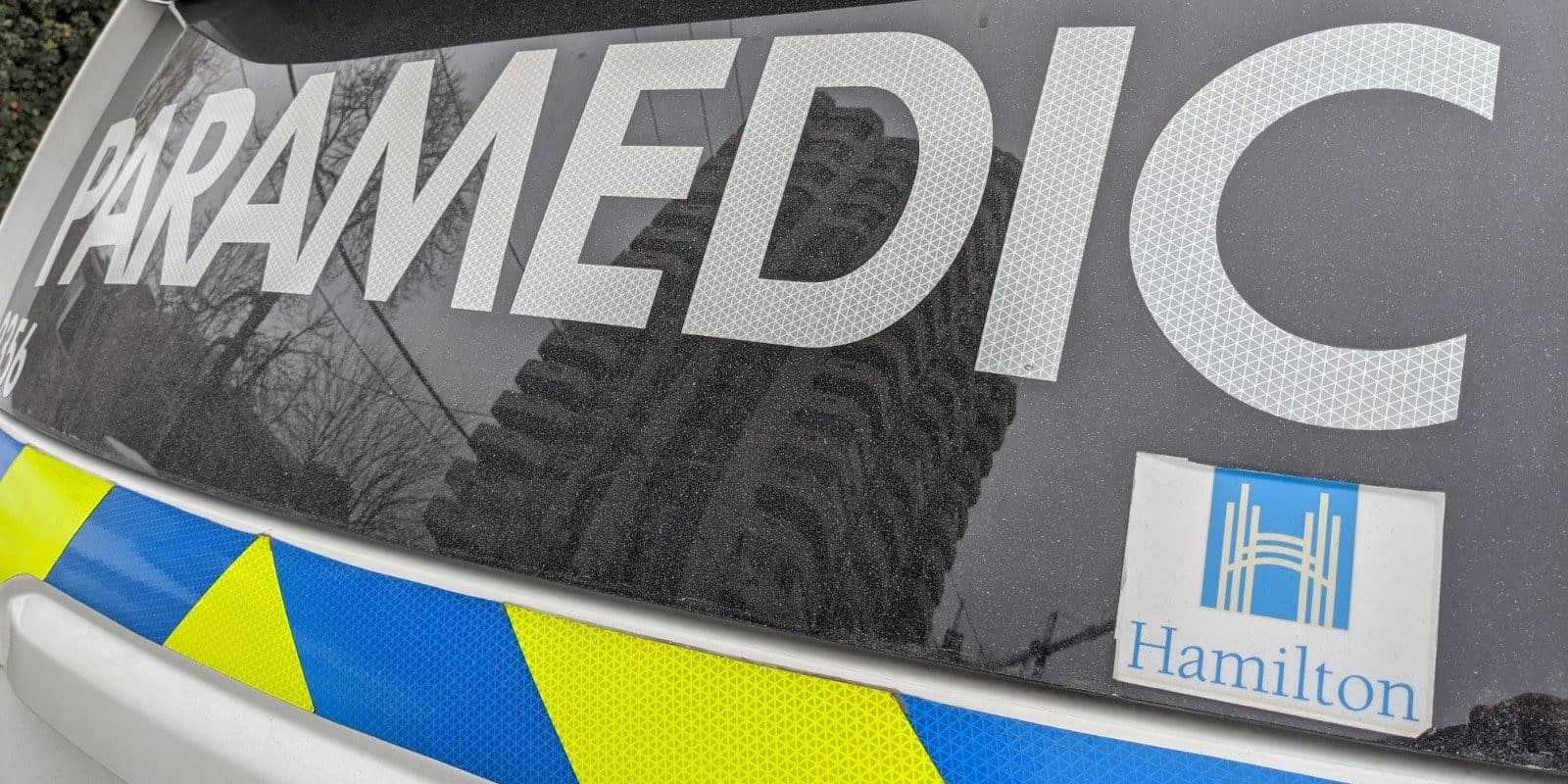Heavy snow can’t stop Hamilton paramedics from delivering care
Published January 17, 2022 at 6:23 pm

With Monday’s winter storm making streets impassable for cars, paramedics in Hamilton tromped through the deep, drifting snow to reach stricken patients.
The storm reportedly dumped 41 cm of snow on the city, with most of it accumulating before midday. The Hamilton Paramedics’ Twitter account wrote that there were “multiple times” that first responders got on foot, likely shouldering emergency medical equipment and medical supplies, to reach their calls.
“Multiple times today they walked, sometimes blocks to get to patients when roads were blocked and undrivable,” the @HPS_Paramedics Twitter account wrote. “Thank you all for helping deliver care today in these winter conditions.”
#HamOnt please join us in thanking all our @HPS_Paramedics for their hard work today in Hamilton. Multiple times today they walked, sometimes blocks to get to patients when roads were blocked & un drivable. Thank you all for helping deliver care today in these winter conditions. pic.twitter.com/F3lFe88ff4
— Hamilton Paramedics (@HPS_Paramedics) January 17, 2022
Hamilton has declared a significant weather event due to the snow accumulation. That lengthens the allowable timeline for clearing all municipally maintained roads, sidewalks and streets.
Like all healthcare professionals, paramedics are facing an added strain due to the effects of the virulent Omicron variant of concern. In order to save on trips to hospital emergency departments and help with ambulance crew availability, the Hamilton paramedics recently took on the duty of assessing low-risk suspected COVID-19 patients and providing them guidance, resources, and referrals in the comfort of their homes.
Coincidentally, Monday’s storm, which was expected to dump up to 40 centimetres of snow on the city, came exactly one month to the day since the paramedic service launched a public awareness campaign aimed to reduce emergency calls. On Dec. 17, Hamilton Paramedics said that only about 10 per cent of the some 266 calls they handle on average day turn out to be life-threatening emergencies.
Residents were encouraged to only call 9-1-1 when experiencing indicators of a life-threatening emergency such as chest pain, difficulty breathing, or signs of a stroke. Other medical emergencies where an ambulance should be called include:
- Chest pain or chest tightness
- Sudden numbness or paralysis of the face, arm or leg
- Difficulty breathing
- Serious accidents or trauma
- Extreme pain
- Large burns
- Severe bleeding
- Unconsciousness
An ambulance crew that transports a patient to hospital cannot leave to take another call until the patient is being cared for by emergency-trained doctors and nurses. With staff shortages in the due to Omicron, that can, and has, led to longer turnaround times and ‘Code Zero’ ambulance shortages across several hospital networks in Southern Ontario during the fifth wave of the pandemic.
insauga's Editorial Standards and Policies advertising





